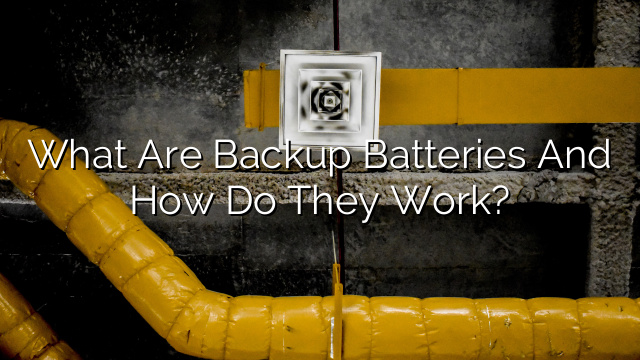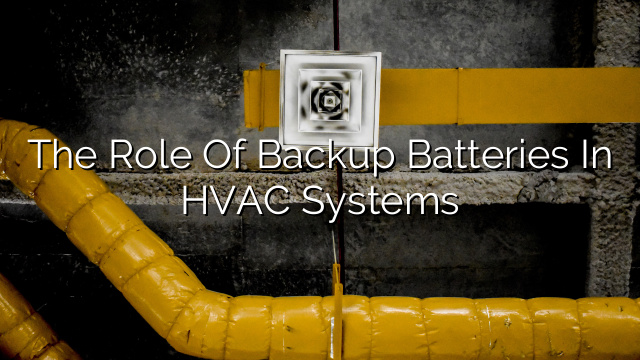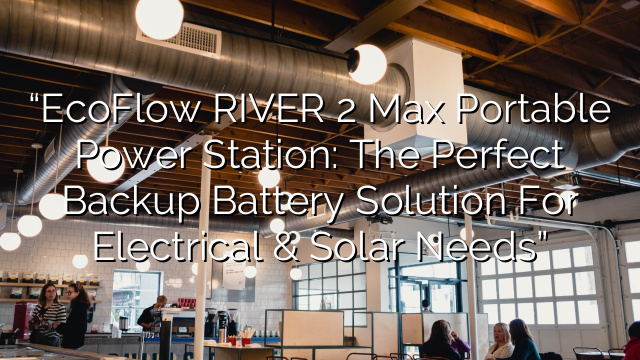Understanding Backup Batteries
Backup batteries, also known as portable power banks or external batteries, are portable devices that store electrical energy and supply it to electronic devices when the primary power source is unavailable. These compact devices are equipped with rechargeable batteries, enabling them to store and dispense power as needed.
How Backup Batteries Work
Backup batteries can be broadly categorized into two types: Lithium-ion (Li-ion) and Nickel Metal Hydride (NiMH). Let’s delve into each one to understand how they function:
Lithium-ion (Li-ion) Batteries
Li-ion batteries are the most common type found in backup batteries due to their high energy density and longer life cycles. Here’s how they work:
- Energy Storage: Backup batteries consist of multiple interconnected storage cells, each containing positive and negative electrodes submerged in an electrolyte solution.
- Charging Process: When connected to a power source (wall socket or computer), electricity flows into the backup battery. This electrical energy is stored in the battery cells through a chemical process called electrochemical intercalation.
- Power Delivery: When you connect your electronic device to the backup battery, the electricity stored in the Li-ion cells is released and supplied to charge your device.
Nickel Metal Hydride (NiMH) Batteries
NiMH batteries are gradually becoming less common in backup batteries due to their lower energy density compared to Li-ion batteries. Nevertheless, they still provide a reliable power source for various devices. Here’s how they work:
- Energy Storage: Similar to Li-ion batteries, NiMH batteries rely on chemical reactions to store electrical energy. They use a combination of nickel oxyhydroxide and a metal hydride compound as the positive and negative electrodes, respectively.
- Charging Process: When connected to a power source, electrical energy causes a chemical reaction that reverses the discharge process and stores energy in the battery.
- Power Delivery: When you connect your device to the backup battery, the stored electrical energy is supplied to power your device.
Benefits of Backup Batteries
- Portable Power: Whether you’re traveling or commuting, backup batteries ensure you never have to worry about running out of battery on your smartphone, tablet, or other USB-powered devices.
- Emergency Preparedness: During power outages or natural disasters, backup batteries prove invaluable by providing essential power for communication, lighting, and medical devices.
- Device Protection: Backup batteries help prolong the battery life of your electronics by avoiding frequent reliance on the primary power source and reducing strain during charging cycles.
- Convenience: The compact design of backup batteries makes them easy to carry, allowing you to charge your devices on-the-go without being tethered to a wall socket.
Conclusion
Backup batteries are becoming increasingly necessary in today’s device-dependent world. Understanding their functionality and benefits can help you make an informed decision when choosing the right unit for your needs. By investing in a reliable backup battery, you can seamlessly stay connected, even during unexpected power interruptions or while on the move.
Remember, always ensure you choose a reputable brand, consider the battery’s capacity, compatibility with your devices, and check for safety features to guarantee a high-quality backup battery that will serve you well for years to come.









